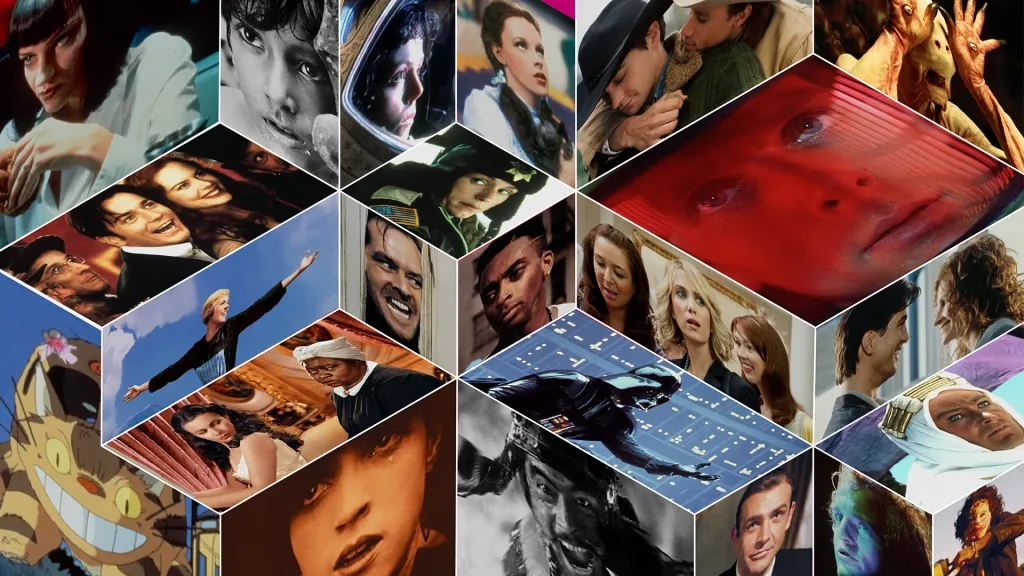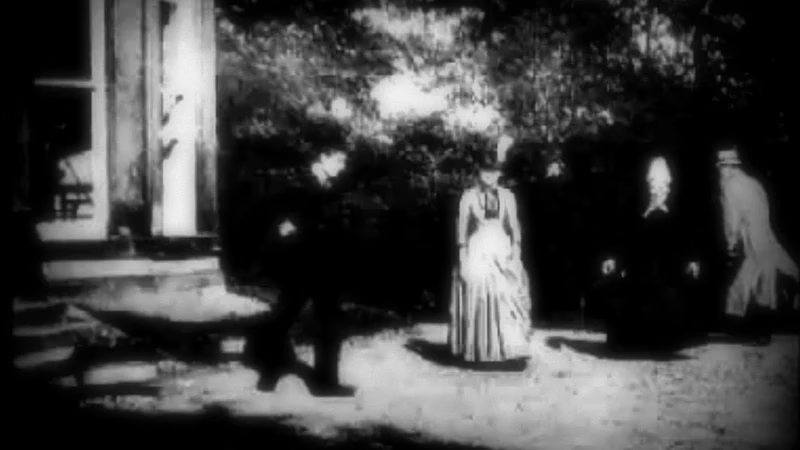Hollywood. The name itself conjures images of glitz, glamour, and cinematic magic. But the Hollywood we know today, a global entertainment powerhouse, is the product of over a century of evolution, marked by technological advancements, shifting cultural landscapes, and the constant push for innovation. This is the story of Hollywood’s journey, from the silent era to the age of blockbusters.
The Silent Era: A Nascent Industry
The early days of Hollywood were characterized by experimentation and rapid technological development. Silent films, relying on visual storytelling and musical accompaniment, captivated audiences with their novelty and artistic expression. Stars like Charlie Chaplin, Buster Keaton, and Mary Pickford emerged, becoming global icons and shaping the very notion of celebrity. These early films, though lacking dialogue, were far from silent in their emotional impact, often employing expressive acting, intertitles, and evocative scores to convey narrative and meaning.
The Dawn of Sound: The Talkies Revolution
The arrival of synchronized sound in the late 1920s revolutionized the film industry. “The Jazz Singer” (1927), often credited as the first feature-length “talkie,” marked a turning point, ushering in the era of sound films and forever changing the way stories were told on screen. This transition wasn’t without its challenges. Many silent film stars struggled to adapt to the demands of spoken dialogue, and studios faced the enormous task of re-equipping their facilities for sound recording and playback. However, the advent of sound opened up new creative possibilities, allowing for richer character development, more complex narratives, and the integration of music and sound effects in a way never before imagined.
The Golden Age: The Studio System and Star Power
The 1930s and 1940s are often referred to as the Golden Age of Hollywood. The studio system, with its powerful moguls and long-term contracts for actors, controlled nearly every aspect of film production, from development and financing to distribution and exhibition. This era saw the rise of iconic studios like MGM, Paramount, and Warner Bros., each with its own distinct style and stable of stars. Actors like Humphrey Bogart, Katharine Hepburn, and Cary Grant became household names, embodying the glamour and sophistication of Hollywood’s Golden Age. Genres like musicals, gangster films, and screwball comedies flourished, entertaining audiences and shaping popular culture.
The Rise of Independent Film and the Decline of the Studio System:
After World War II, the studio system began to decline, challenged by antitrust regulations, the rise of television, and changing audience tastes. Independent filmmakers gained more influence, creating films that pushed boundaries and explored more complex themes. The French New Wave and other international film movements influenced American cinema, leading to a period of artistic experimentation and innovation.
The Blockbuster Era: Spectacle and Franchise Filmmaking:
The late 20th century saw the rise of the blockbuster era, marked by big-budget productions, special effects-driven narratives, and franchise filmmaking. Films like “Jaws” (1975) and “Star Wars” (1977) redefined the concept of cinematic spectacle, attracting massive audiences and generating enormous profits. This era also witnessed the increasing importance of marketing and merchandising, as studios sought to maximize the commercial potential of their films.
The Digital Revolution and the Streaming Age:
The advent of digital technology in the late 20th and early 21st centuries has had a profound impact on Hollywood. Digital filmmaking has become the industry standard, offering greater flexibility and affordability. The rise of streaming platforms has disrupted traditional distribution models, giving audiences access to a vast library of content at their fingertips. This has also led to a shift in content creation, with streaming services producing their own original films and television shows.
The Future of Hollywood:
The future of Hollywood is uncertain, with the industry facing new challenges and opportunities in the digital age. The rise of streaming, the increasing importance of international markets, and the evolving tastes of audiences are all shaping the future of cinema. One thing is certain, however: Hollywood’s ability to adapt and innovate will determine its continued relevance in the ever-changing world of entertainment.


